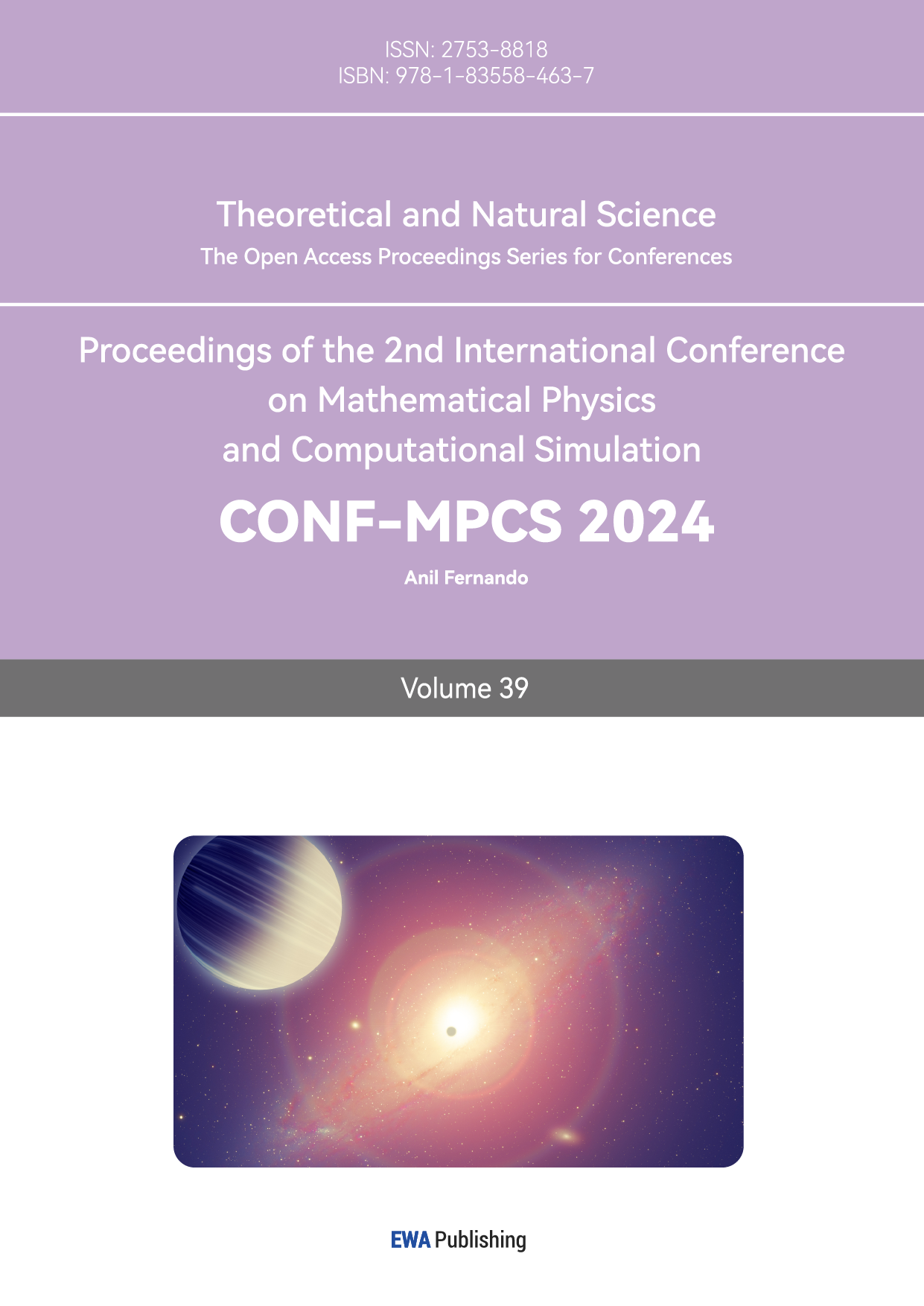References
[1]. Mayeri, S. (2015) Intersectionality and Title VII: A Brief (Pre-)History. Penn Carey Law: Legal Scholarship Repository. Retrieved from https: //scholarship.law.upenn.edu/faculty_scholarship/1586/
[2]. Crenshaw, K. (1989) Demarginalizing the Intersection of Race and Sex: A Black Feminist Critique of Antidiscrimination Doctrine, Feminist Theory and Antiracist Politics. University of Chicago Legal Forum, 1989(1). Retrieved from https: //chicagounbound.uchicago.edu/uclf/vol1989/iss1/8/
[3]. Michigan Law Review (2023) Title VII’s Failures: A History of Overlooked Indifference. Michigan Law Review, 121(8). https: //doi.org/10.36644/mlr.121.8
[4]. Price Waterhouse v. Hopkins, 490 U.S. 228 (1989). Retrieved from https: //supreme.justia.com/cases/federal/us/490/228/
[5]. DeGraffenreid v. General Motors Assembly Division, 413 F. Supp. 142 (E.D. Mo. 1976). Retrieved from https: //law.justia.com/cases/federal/district-courts/FSupp/413/142/1660699/
[6]. Noonan, J.T. (1962) The Concept of Law. By H. L. A. Hart. Oxford: Oxford University Press, 1961. The American Journal of Jurisprudence, 7(1), 169–177. https: //doi.org/10.1093/ajj/7.1.169
[7]. Christie, G.C. and Dworkin, R. (1987) Dworkin’s “Empire.” Duke Law Journal, 1987(1), 157. https: //doi.org/10.2307/1372507
[8]. Hall, S. (1993) What is this “Black” in Black Popular Culture? Social Justice, 20(1/2), 104–114. Retrieved from https: //www.jstor.org/stable/29766735
[9]. Fineman, M.A. (2008) The Vulnerable Subject: Anchoring Equality in the Human Condition. Yale Journal of Law and Feminism, 20(1). Retrieved from https: //www.researchgate.net/publication/228137515_The_Vulnerable_Subject_Anchoring_Equality_in_the_HumCouch, K.A., Hersch, J. and Shinall, J.B. (2015) Fifty Years Later: The Legacy of the Civil Rights Act of 1964. Journal of Policy Analysis and Management, 34(2), 424–456. Retrieved from https: //www.jstor.org/stable/43866378
[10]. Franke, K.M. (1997) What’s Wrong with Sexual Harassment? Stanford Law Review, 49(4), 691. https: //doi.org/10.2307/1229336
[11]. Primus, R. (2010) The Future of Disparate Impact. Michigan Law Review, 108(8), 1341–1387. https: //doi.org/10.2307/20775015
[12]. Crenshaw, K. (1991) Mapping the Margins: Intersectionality, Identity Politics, and Violence against Women of Color. Stanford Law Review, 43(6), 1241–1299. https: //doi.org/10.2307/1229039
[13]. Cornell Law School (2019) 42 U.S. Code § 2000e–2 — Unlawful employment practices. Retrieved from https: //www.law.cornell.edu/uscode/text/42/2000e-2
[14]. Celio Diaz, Jr. v. Pan American World Airways, Inc., 442 F.2d 385 (5th Cir. 1971). Retrieved from https: //law.justia.com/cases/federal/appellate-courts/F2/442/385/97570/
[15]. Dothard v. Rawlinson, 433 U.S. 321 (1977). Retrieved from https: //supreme.justia.com/cases/federal/us/433/321/
[16]. United Nations (2009) Convention on the Elimination of All Forms of Discrimination against Women. Retrieved from https: //www.un.org/womenwatch/daw/cedaw/
[17]. McDougall, G. (2021) International Convention on the Elimination of All Forms of Racial Discrimination — Main Page. Retrieved from https: //legal.un.org/avl/ha/cerd/cerd.html
[18]. Charlesworth, H. (2025) No Principled Reason: The Challenge of Human Rights Law for Religious Traditions. Eureka Street, 7(9), 24–31. Retrieved from https: //researchportalplus.anu.edu.au/en/publications/no-principled-reason-the-challenge-of-human-rights-law-for-religi



